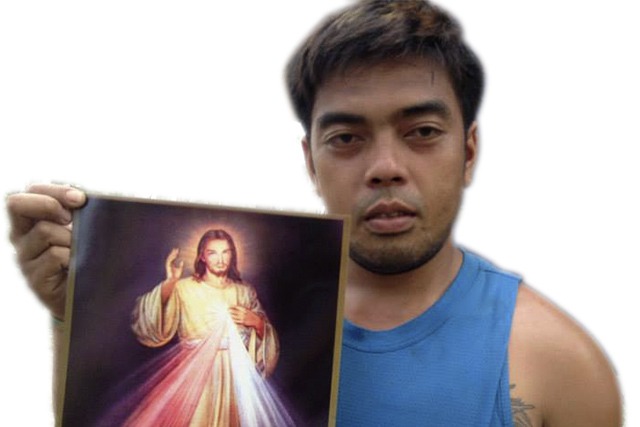
The ABCs of Divine Mercy (Part 1 of 2)
 “Mankind will not have peace until it turns with trust to my mercy.” – Jesus to Sr. Faustina (Diary, 300)
“Mankind will not have peace until it turns with trust to my mercy.” – Jesus to Sr. Faustina (Diary, 300)
I am love and mercy itself (1074).
My heart overflows with great mercy… especially for poor sinners… it is for them that the blood and water flowed from my heart as from a fount… (367).
Let no soul fear to draw near to me, even though its sins be as scarlet (699), the greater the sinner, the greater the right he has to my mercy (Diary 723).
My mercy is greater than your sins, and those of the entire world (1485).
Mortal man is thus, invited by his Immortal Creator, Redeemer, Sanctifier!
Man, mere dust, finds it hard to forgive his offenders, yet Almighty God seeks out the most sinful among His creatures, and offers mercy.
How blessed we are to have a God who never gives up on us!
It was to a poor young Polish nun that Jesus revealed His Divine Mercy.
“Known for her love of prayer, diligence and obedience, and love of the poor (The Divine Mercy Message and Devotion*),” Helen Kowalska joined the Congregation of the Sisters of Our Lady of Mercy and took the name Sister Maria Faustina. Her deep love of the Eucharist and devotion to Mary as the “Mother of Mercy” marked her spiritual life.
Unable to verify the erroneous translations of Sister Maria Faustina’s Diary because of the political conditions then, the Holy See forbade its spreading as a devotion. Cardinal Karol Wojtyla, who later became Pope John Paul II, began an Informative Process in 1965 on the life and virtues of Sister Faustina.
In 1978, 20 years later, the ban was completely lifted.
On April 18, 1993 the 1st Sunday after Easter, Pope John Paul II beatified Sr. Faustina and canonized her on April 30, 2000.
It was then that Pope John Paul II announced that the 2nd Sunday of Easter would be celebrated as Divine Mercy Sunday throughout the universal Church (The Divine Mercy Message and Devotion). (Bella A. Sarenas)


No Comments